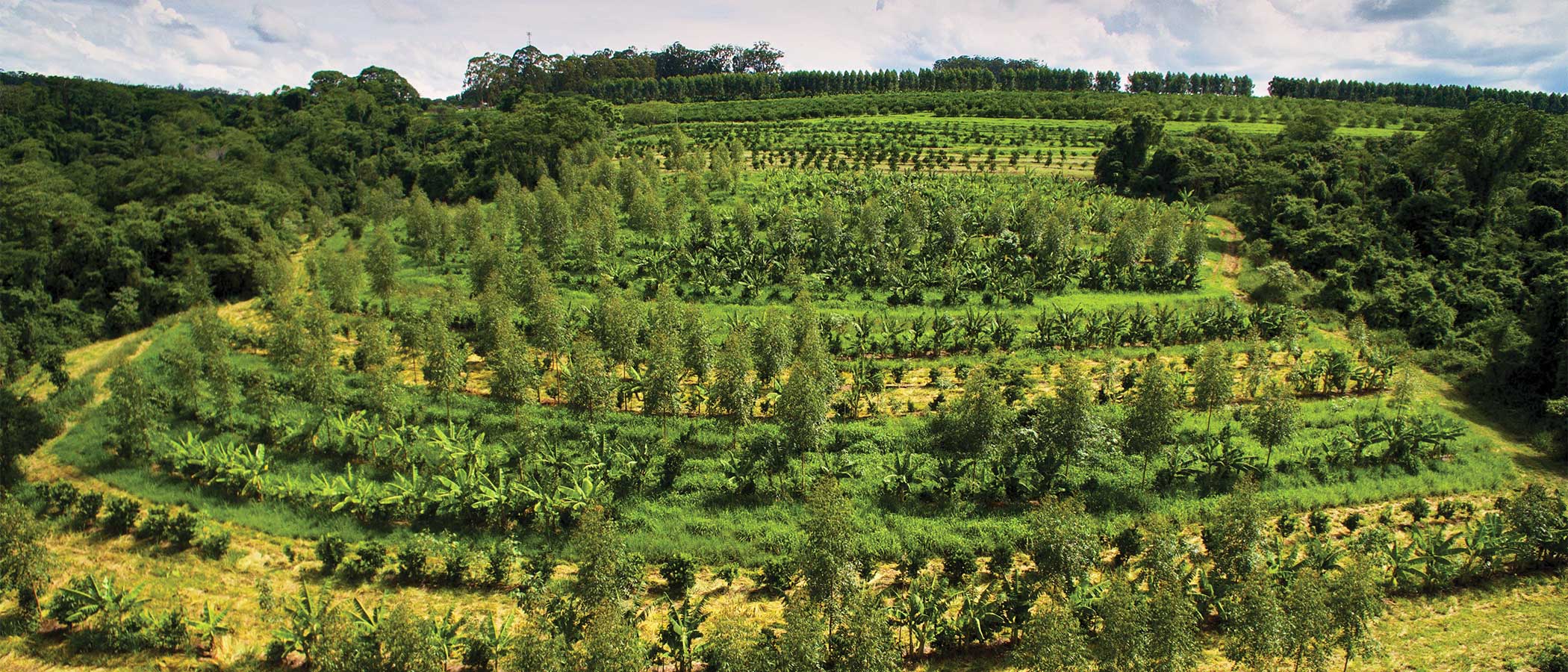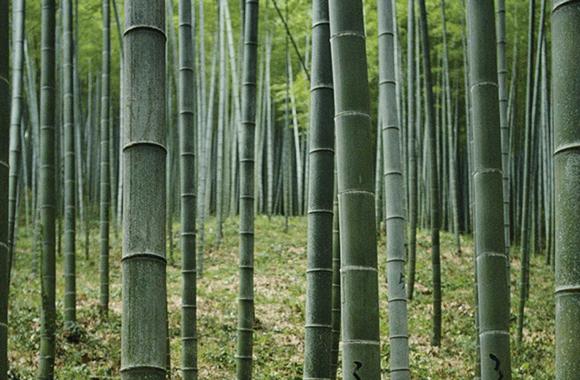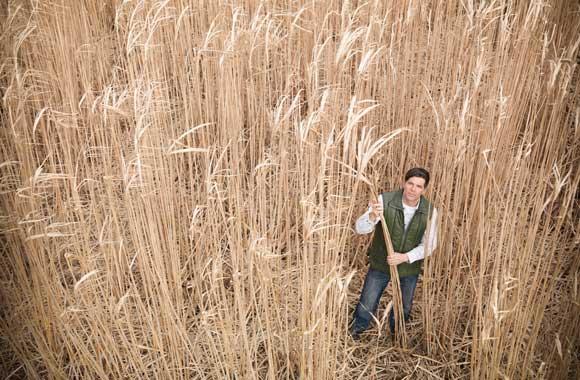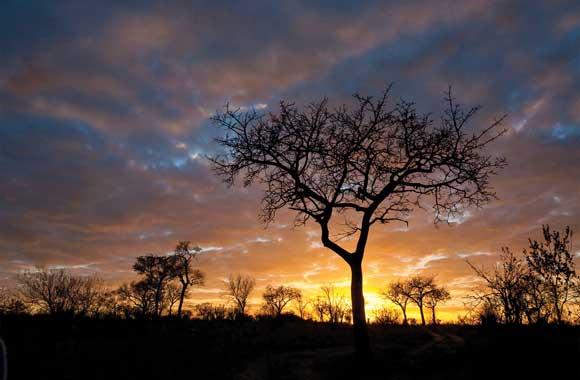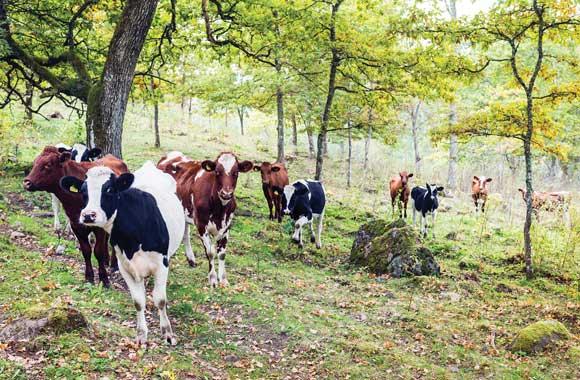Multistrata Agroforestry
Multistrata agroforestry systems mimic the structure of natural forests. Layered trees and crops achieve high rates of both carbon sequestration and food production.
Reduced/Sequestered
2020–2050
To Implement
Operational Savings
Impact
Some existing agricultural systems can incorporate multistrata agroforestry; degraded lands can be converted or restored to it. If adopted on another 150.90–186.01 million hectares by 2050 (up from 100 million hectares currently), 13.26–23.94 gigatons of carbon dioxide equivalent greenhouse gases could be sequestered. The average sequestration rate of 4.45 metric tons of carbon per hectare per year is strong, as is the lifetime financial return of US$2.28–3.93 trillion on a US$70.44–120.03 billion initial investment and a lifetime net operational cost of US$186.24–319.82 billion.
Introduction
We define the Multistrata Agroforestry solution as a perennial cropping system that features layers of carbon-sequestering vegetation. One or more layers of crops grow in the shade of taller trees. The structure and function resemble those of natural forests, in some cases simplified. The layers of trees and crops sequester substantial carbon while producing food. They also provide ecosystem services, such as habitat, erosion control, and water quality.
This solution replaces grazing on nondegraded tropical humid grassland. Though its adoption potential is modest, it can have a disproportionately high mitigation impact because it can offer the high sequestration rates of afforestation and forest restoration while providing food. It is worthy of a place at the center of land-based climate solutions. In tropical humid climates, efforts to protect and scale up multistrata agroforestry should be a high priority.
Methodology
Total Land Area
To determine the total available land we assessed the suitability of climate, soils, and slopes as well as degraded or nondegraded status. Then we allocated land using the Drawdown Agro-Ecological Zone model, based on priorities for each class of land. The maximum area allocated to multistrata agroforestry is 330 million hectares, and consists of nondegraded grassland.
Current adoption is allocated on nondegraded forestland. We estimate 2018 adoption at 100 million hectares (Nair, 2012).
Adoption Scenarios
We generated six adoption scenarios incorporating 1) projected adoption rates of 10 percent, 20 percent, or 30 percent of the land allocated; and 2) early adoption rates, with 70 percent of all adoption occurring by 2030.
We calculated impacts of increased adoption of multistrate agroforestry from 2020 to 2050 by comparing two scenarios with a reference scenario in which the market share was fixed at current levels.
- Scenario 1: Multistrata agroforestry is adopted on 150.90 million hectares (35 percent of the total available land).
- Scenario 2: Multistrate agroforestry is adopted on 186.01 million hectares (43 percent of the total available land).
Emissions, Sequestration, and Yield Model
We set sequestration rates at 4.45 metric tons of carbon per hectare per year, based on 16 data points from eight sources. Unlike some other perennial crop drawdown solutions, multistrata agroforestry does not address the emissions and financial impacts of replacement because plantings last decades or even centuries. We assumed yields will equal those of business-as-usual annual cropping.
Financial Model
All monetary values are presented in 2014 US$.
We estimated the first costs of multistrata agroforestry at US$1,335.7 per hectare, based on 15 data points from 11 sources. We assumed there is no conventional first cost because the land is already being used for agriculture. We calculated a net profit per hectare of US$1,799.4 per year, based on 21 data points from 12 sources, compared with US$154.12 per year for the conventional practice, based on 20 data points from 15 sources. Tropical staple trees are not as labor-efficient as annual crops in a mechanized context. However, 175 million hectares of farmland are currently managed with little mechanization. The net profit per hectare shows that these crops are economically viable despite higher labor costs.
We calculated annual operational cost at US$442.17 per hectare based on eight data points from seven sources, compared with US$328.42 for the conventional practice, based on nine data points from seven sources.
Integration
Drawdown’s Agro-Ecological Zone model allocates current and projected adoption of solutions to forests, grasslands, rain-fed croplands, and irrigated croplands. This solution is limited to humid tropical climates. Adoption of multistrata agroforestry was the fifth priority for nondegraded grassland.
Results
The sequestration impact of Scenario 1 is 13.26 gigatons of carbon dioxide equivalent by 2050. The net first cost is US$70.44 billion, and the lifetime net operational cost is US$186.24 billion. The lifetime net profit was US$2.28 trillion.
The sequestration impact of Scenario 2 is 23.94 gigatons of carbon dioxide equivalent by 2050. The net first cost is US$120.03 billion, and the lifetime operational cost is US$319.82 billion. The lifetime net profit is US$3.93 trillion.
Discussion
Benchmarks
Benchmarks for the climate impact of multistrata agroforestry are unavailable. One highly cited study estimated sequestration of 4.0–8.0 gigatons of carbon dioxide equivalent per year for all tropical agroforestry by 2050 (Albrecht and Kandji, 2003). The combined impacts of Project Drawdown’s three agroforestry solutions (Multistrata Agroforestry, Silvopasture, and Tree Intercropping) is 3.37–4.85 gigatons of carbon dioxide equivalent per year in 2050. This includes some temperate silvopasture and tree intercropping.
Limitations
Little information is available on multistrata systems as a subset of agroforestry. Access to such information would improve this analysis, as would additional financial data.
References
Albrecht, A., & Kandji, S. T. (2003). Carbon sequestration in tropical agroforestry systems. Agriculture, Ecosystems & Environment, 99(1–3), 15–27. https://doi.org/10.1016/S0167- 8809(03)00138-5
Nair. (2012). Climate Change Mitigation: A Low-Hanging Fruit of Agroforestry. In Nair & D. Garrity (Eds.), Agroforestry - The Future of Global Land Use (Vol. 9, pp. 31–67). https://doi.org/10.1007/978-94-007-4676-3_7
What You Can Do
When buying items like coffee and cocoa, consider purchasing shade-grown options.
Use the "both-and" thinking like that which inspired this solution to come up with ways to make practices in your life more environment and climate friendly.
- Expand your knowledge by exploring another Drawdown solution.
Co-benefits
Multistrata agroforestry improves soil health and boosts soils' ability to store water, which is beneficial during prolonged dry spells.
It also promotes biodiversity by providing diverse habitats and food sources for a variety of organisms. The presence of trees in agricultural landscapes attracts beneficial insects, birds, and other wildlife, fostering ecological balance and supporting a healthy ecosystem.

